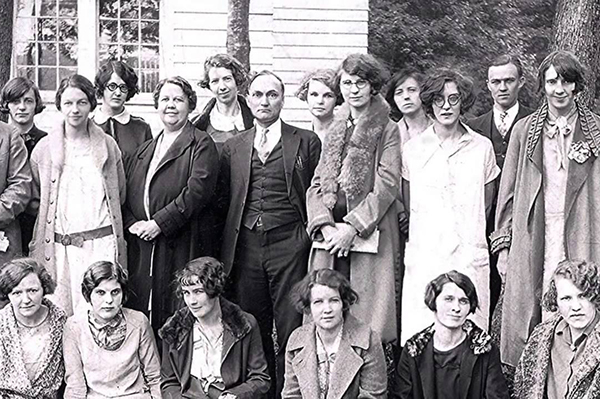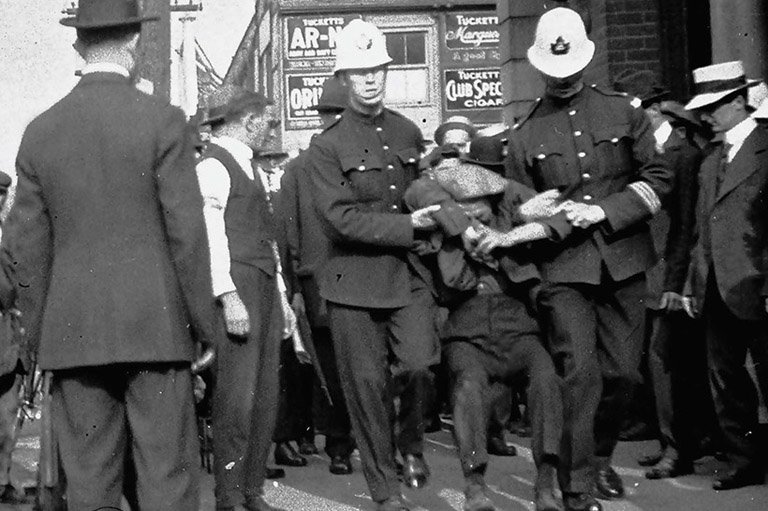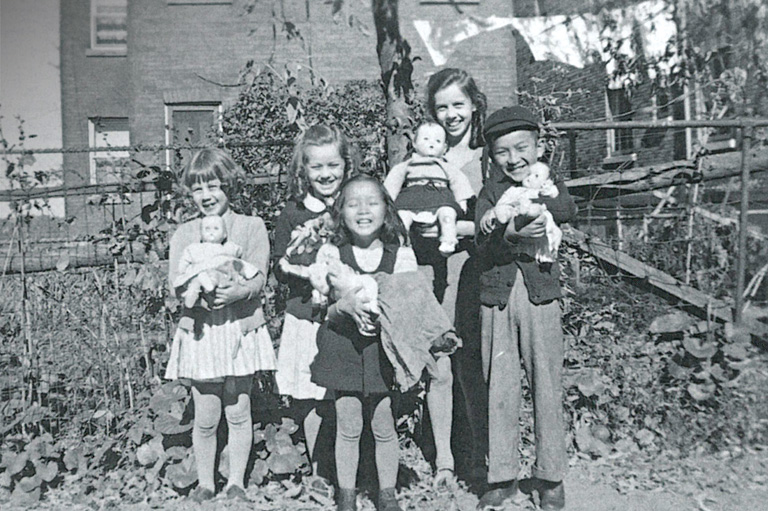Slippery Slopes: Preventing War
Grade Levels: 9/10
Subject Area: Social Studies, History, Geography
Lesson Overview
This exercise attempts to recreate the historical process that helped lead the world into the Great War. Rather than starting with the “consequence” (the outbreak of the war) and walking the students backwards through to the causes, The Slippery Slope to Total War is designed to present students with some of the same dilemmas that faced the major powers in July 1914 and determine the extent to which the war became “inevitable” at this point. It also explores the extent to which any of these states had freedom of action, reinforcing the idea of the international community as an integrated system as opposed to several completely autonomous agents.
Time Required
1 to 2, 75 minute classes
Historical Thinking Concept(s)
This lesson plan uses the following historical thinking concepts: establish historical significance, analyze cause and consequence, and take historical perspectives
Learning Outcomes
Student will:
- Describe the economic, political, and social situation of each of the major European powers as well as Canada in July 1914.
- Understand how the actions of each of these countries were bound by events and actions of other countries.
- Understand the relationship of national self-interest and international cooperation.
- Understand the relationship of background causes of the war to immediate causes of the war.
Background Information
Students should have a solid grasp of both the catalysts for and the events during First World War.
The Lesson Activity
Activating:
Students will be introduced to the existing economic and geopolitical situation in Europe prior to 1914.
Acquiring:
This activity allows for collaborative / co-operative and individual learning opportunities. Students will be introduced to the Historical Thinking Concept of cause and consequence and apply it to the outbreak of the First World War. They will analyze the various perspectives of the prospective combatants and debate the causes and consequences of their actions. It should be noted that there is an ongoing debate among professional historians as to the origins of the First World War.
Applying:
Students will demonstrate their learning through group discussion / interaction and writing a reflection piece regarding the Historical Thinking Concept of cause and consequence and how it applies to the outbreak of the First World War. Perhaps they could also present their findings to the class.
Option I
Divide the class into groups of four or five. Display “Phase One — Austria” on the board and discuss the country profile and situation with the class.
- Have each group determine three courses of action for the country with a rationale for each.
- Have each group report to the class as to their decisions.
- Discuss with the class the extent to which the courses of action determined by the groups mirrors what the country actually did in July/August 1914
- Repeat for phases two through seven, Serbia through Canada
- Conclude with a summary discussion of the major themes outlined in the objectives
Option II
Divide the class into seven equal groups. Present each group with a different country profile—this is the country that they will represent for the duration of the exercise. Present the class with the situation outlined in Phase One of the exercise. Give all the groups 10-15 minutes to determine three courses of action. Any course of action requiring the cooperation of another country must be agreed to by that country. In other words, the groups are to practice diplomacy in determining their courses of action. The teacher must represent all powers not assigned, for example, the USA or the Ottoman Empire.
- After the time limit is up, each group must present their courses of action.
- The teacher will then summarize the situation as it stands after the first round.
- This will vary given the actions of the groups.
- Repeat these steps given the new situation.
- Continue until a world war has erupted or peace has been achieved.
- Conclude with a summary discussion of the major themes outlined in the objectives and why the class went to war or avoided a war.
Materials/Resources
The debate on the origins of World War One
Assessment
Formative evaluation techniques should be used with both Option I and Option II. Aspects to look for may include participation, the extent to which the course of action is consistent with the country profile, defense of action, and oral presentation skills.
Themes associated with this article
Advertisement




